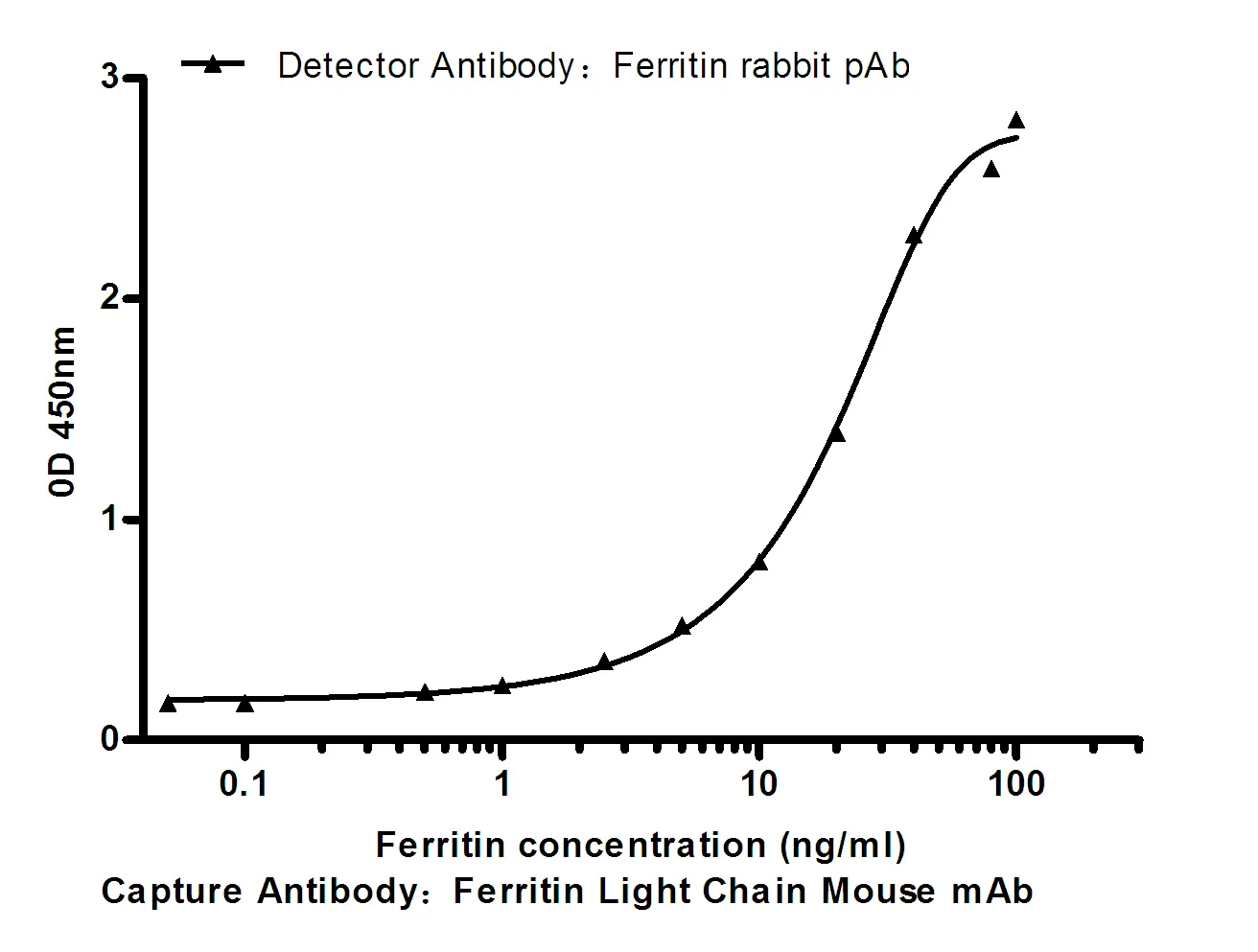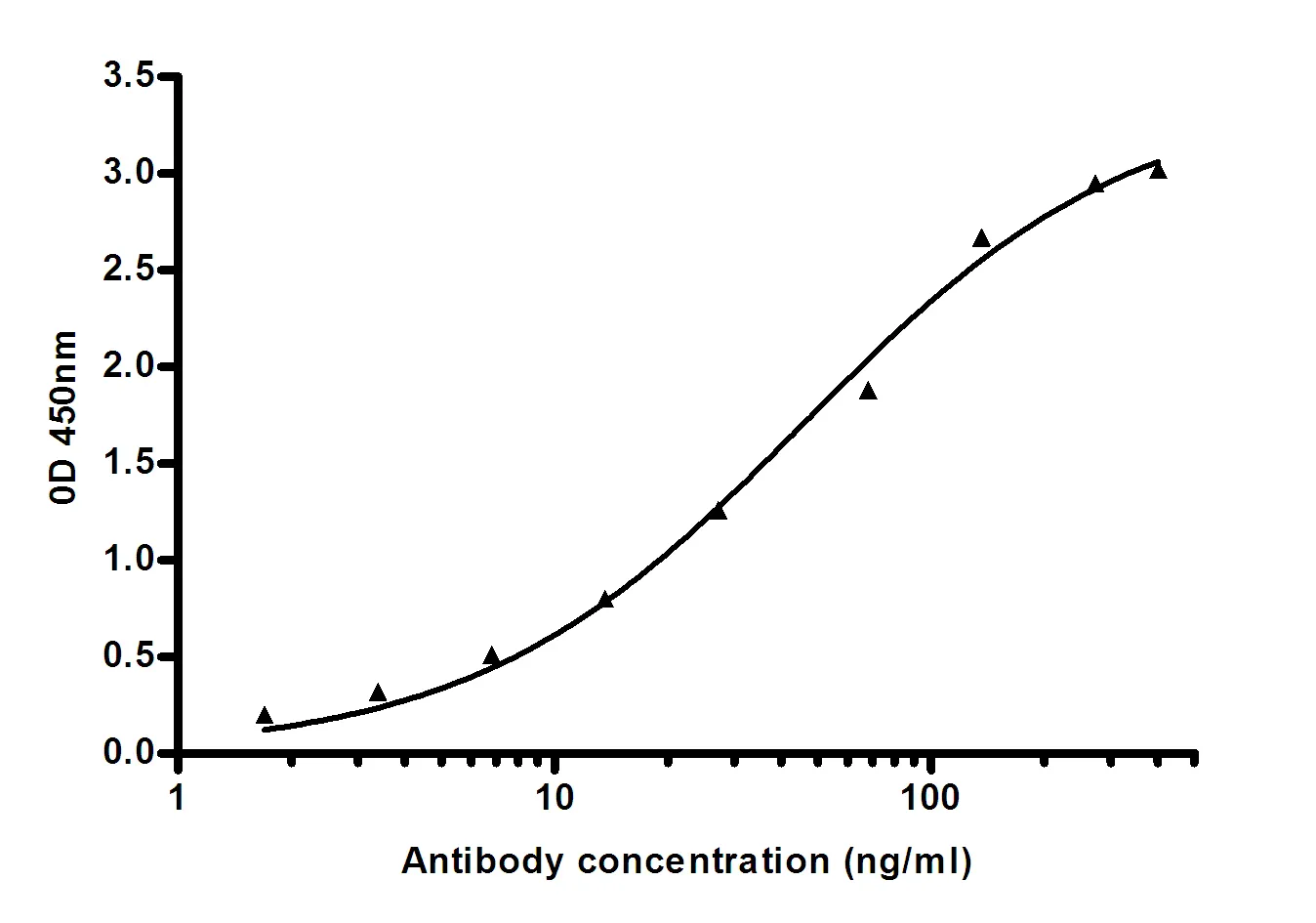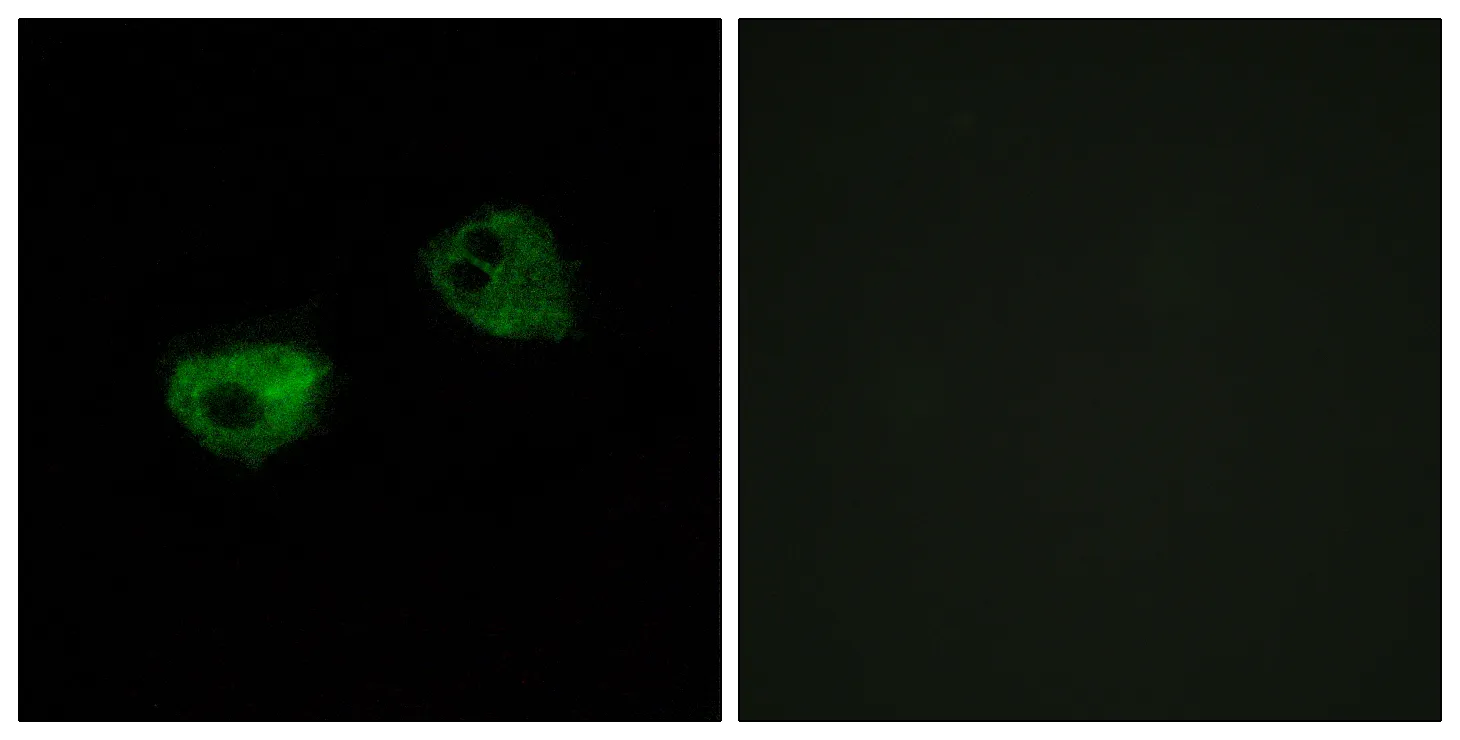Summary
Performance
Immunogen
Application
Background
This gene encodes a member of a family of candidate taste receptors that are members of the G protein-coupled receptor superfamily and that are specifically expressed by taste receptor cells of the tongue and palate epithelia. This intronless taste receptor gene encodes a 7-transmembrane receptor protein, functioning as a bitter taste receptor. This gene is mapped to chromosome 5p15, the location of a genetic locus (PROP) that controls the detection of the bitter compound 6-n-propyl-2-thiouracil. [provided by RefSeq, Jul 2008],function:Receptor that may play a role in the perception of bitterness and is gustducin-linked. May play a role in sensing the chemical composition of the gastrointestinal content. The activity of this receptor may stimulate alpha gustducin, mediate PLC-beta-2 activation and lead to the gating of TRPM5.,miscellaneous:Most taste cells may be activated by a limited number of bitter compounds; individual taste cells can discriminate among bitter stimuli.,similarity:Belongs to the G-protein coupled receptor T2R family.,tissue specificity:Expressed in subsets of taste receptor cells of the tongue and palate epithelium and exclusively in gustducin-positive cells.,
Research Area
Taste transduction;




